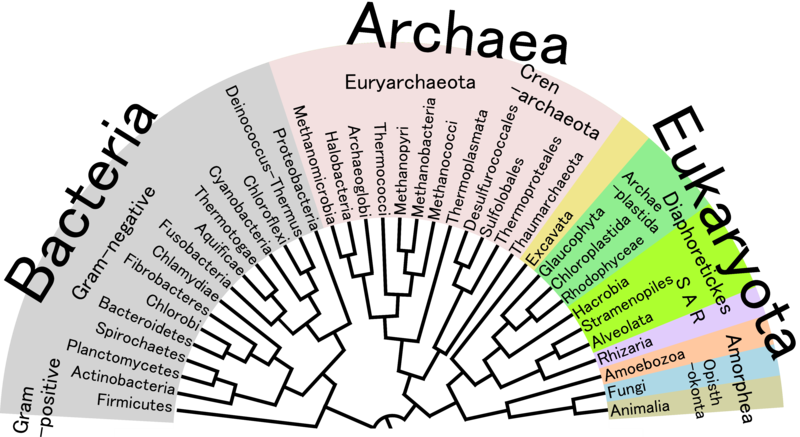-

Fluorescence Microscope
A fluorescence microscope is an essential tool in science and technology, enabling high-resolution imaging of samples using fluorescence techniques. It is widely used in biology, chemistry, and materials science for analyzing cell structures, molecular imaging, and sample analysis. By exciting specific molecules and selectively detecting fluorescence, it provides valuable insights into biological samples and their…
-

Transmission Electron Microscope (TEM)
Embark on a journey through the world of transmission electron microscopy (TEM). Explore its significance in materials science, biology, and chemistry. Discover the remarkable high-resolution imaging capabilities, sample preparation, and applications across various fields. Uncover the instrumental role of TEM in advancing scientific knowledge and understanding through its ability to reveal the internal structure of…
-

Scanning Electron Microscope (SEM)
Discover the powerful world of scanning electron microscopy (SEM). Explore its working principle, from the electron gun to image analysis. Uncover its applications in materials science, biology, geology, and semiconductor manufacturing. Gain insights into the remarkable high-resolution imaging capabilities of SEM and its significant impact on scientific discoveries and advancements.
-

The Living World
The excerpt explores the fascinating realm of the living world, encompassing the vast diversity of organisms and their interactions. From the unity in basic life functions to the hierarchical organization of organisms, the study delves into the significance of cells as the fundamental units of life. It touches upon energy flow, homeostasis, and the profound…
-

Classification, Systematics, and Taxonomy
Introduction Classification Taxonomy Systematics Types of Classification Hierarchy of Taxa Examples Conclusion
-

Osmosis
Osmosis is a process that occurs naturally in all living things, including plants and animals. It is a type of passive transport that involves the movement of water molecules across a selectively permeable membrane from an area of high concentration to an area of low concentration. This movement of water molecules helps maintain the balance…
-

X-ray Diffraction Technique
The X-ray diffraction (XRD) technique is a powerful tool for studying the structure of crystalline materials. It works by shining X-rays on a crystalline material and detecting the diffracted X-rays on a detector, creating a pattern of diffraction peaks. The angle and intensity of these peaks can be used to determine the crystal structure, unit…
Categories
- Anatomy (9)
- Animal Form and Functions (38)
- Animal Physiology (65)
- Biochemistry (33)
- Biophysics (25)
- Biotechnology (52)
- Botany (42)
- Plant morphology (6)
- Plant Physiology (26)
- Cell Biology (107)
- Cell Cycle (14)
- Cell Signaling (21)
- Chemistry (9)
- Developmental Biology (36)
- Fertilization (13)
- Ecology (5)
- Embryology (17)
- Endocrinology (10)
- Environmental biology (3)
- Genetics (59)
- DNA (27)
- Inheritance (13)
- Histology (3)
- Hormone (3)
- Immunology (29)
- life science (76)
- Material science (8)
- Microbiology (18)
- Virus (8)
- Microscopy (18)
- Molecular Biology (113)
- parasitology (6)
- Physics (3)
- Physiology (11)
- Plant biology (26)
- Uncategorized (7)
- Zoology (112)
- Classification (6)
- Invertebrate (7)




